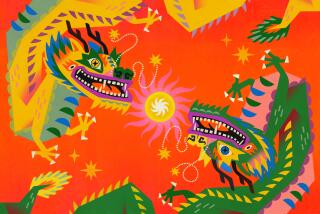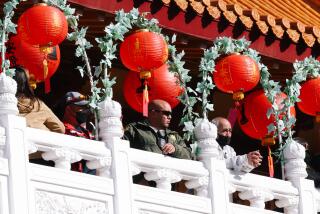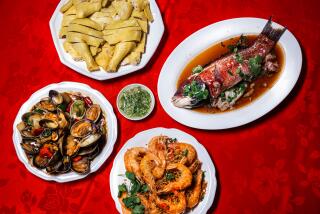Multicultural Manners : New Year’s Red for Prosperity
- Share via
When a public relations company designs red satin banners with white lettering for a Chinese client’s float in the Chinese New Year’s Parade, the client agitatedly rejects the design.
What went wrong?
In Chinese and many other Asian cultures, white is associated with death and used as a mourning symbol. Although a red banner is fortuitous, having white lettering on it New Year’s would doom the entire year.
The Chinese emphasize positive life forces in New Year’s traditions. They eat long noodles for longevity, exchange oranges for wealth and a sweet life, wear new clothes as a symbol of prosperity, distribute lucky money in red envelopes, and ignite firecrackers to scare off evil spirits.
Chinese New Year’s customs parallel other New Year’s traditions. For prosperity, U.S. Southerners eat Hoppin’ John (black-eyed peas and rice) and Italians eat lentils. Although few Americans are aware of the meaning, honking horns and blowing whistles at midnight on New Year’s Eve frightens away evil spirits. Traditional Japanese chase away evil by having two archers shoot arrows into the heavens to clear the air.
Although calendars vary, people universally clean the slate at New Year’s, hoping to create a positive model for the rest of the year. They clean, paint and decorate homes, pay off debts, don new clothes and give gifts. To attract love, many start the new year with a kiss.
More to Read
Sign up for Essential California
The most important California stories and recommendations in your inbox every morning.
You may occasionally receive promotional content from the Los Angeles Times.










